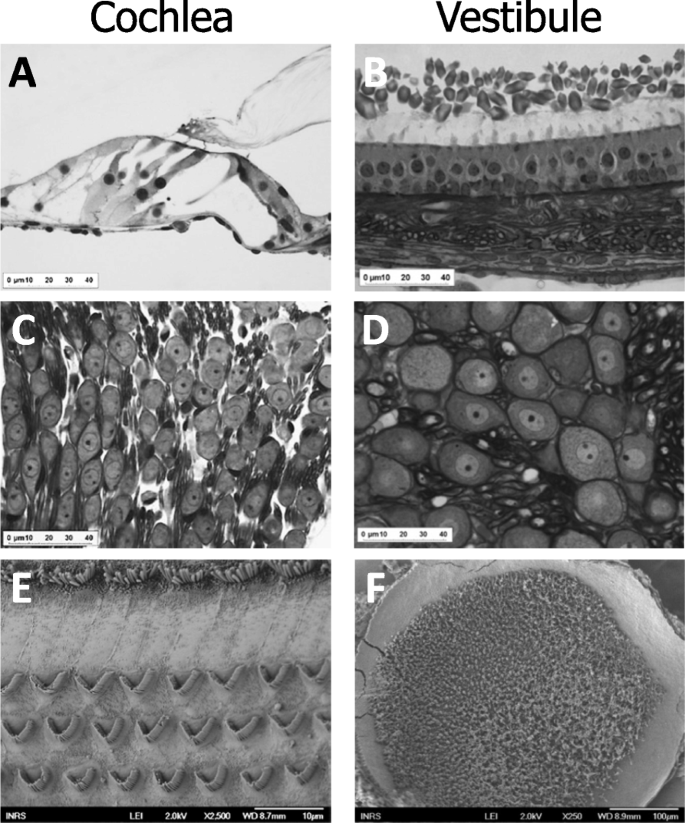BD124 Insights
Your go-to source for the latest news and informative articles.
Toxicity Reports in CS2: When Gaming Turns into Grudges
Explore the dark side of CS2 as we dive into toxicity reports and how gaming fuels grudges. Find out the shocking truths behind the screens!
Understanding the Impact of Toxicity in CS2: A Deep Dive
In the gaming community, understanding the impact of toxicity in CS2 has become increasingly important as it affects player experience and game integrity. Toxic behavior can manifest in various forms, including verbal harassment, griefing, and negative communication, which not only detracts from the enjoyment of the game but also can lead to a detrimental community atmosphere. As players engage in competitive environments, the consequences of such behavior go beyond individual interactions; they influence player retention rates and overall game reputation.
Addressing toxicity requires a multi-faceted approach. Game developers are implementing features such as reporting systems and behavior-based matchmaking. Players also play a crucial role in cultivating a positive gaming culture by promoting sportsmanship and constructive criticism. Here are some strategies to combat toxicity in CS2:
- Encourage open communication and teamwork.
- Utilize in-game reporting features to flag toxic behavior.
- Lead by example in multiplayer settings.
By understanding and addressing the impact of toxicity, we can work towards a more enjoyable and supportive gaming environment for all players.

Counter-Strike is a popular multiplayer first-person shooter that pits teams against each other in various objective-based scenarios. Players can customize their characters with different gear, including gloves, enhancing their gameplay experience and style. The game emphasizes teamwork, strategy, and precision shooting, making it a staple in the eSports community.
The Rise of Grudges: How Toxic Behavior Affects Gameplay
The gaming community has always been a melting pot of diverse personalities and backgrounds, but toxic behavior has begun to overshadow the enjoyable aspects of gameplay. Players often carry grudges against one another, stemming from past encounters or competition. This rise in negative interactions not only diminishes the overall gaming experience but also leads to a cycle of hostility that is hard to break. As players nurture these animosities, they become more likely to exhibit toxic behaviors, which can include harassment, taunting, and even sabotaging teammates during crucial moments.
Furthermore, the impact of grudges extends beyond individual matches, resulting in a fragmented community. Players who experience or witness toxic behavior may choose to disengage from the game altogether. This creates a vicious cycle: the more players leave, the more likely others are to fall into the trap of grudges and negative interactions. Game developers and communities are beginning to recognize the importance of fostering a positive environment, implementing measures like reporting systems and community guidelines to combat this troubling trend and promote healthier gameplay.
How to Recognize and Combat Toxicity in CS2 Communities
Recognizing toxicity in CS2 communities requires vigilance and awareness of common signs. Players may encounter negative behaviors such as harassment, bullying, and disrespectful language. To help identify these issues, consider the following:
- Listen for derogatory comments that target players based on skill level or personal attributes.
- Watch for persistent negativity in chat, including insults and inflammatory remarks.
- Take note of players who frequently engage in griefing or sabotaging the game for others.
Combatting toxicity in CS2 communities is essential for creating a positive gaming environment. Here are some effective strategies to address and reduce toxic behavior:
- Utilize the reporting system: Most gaming platforms have mechanisms to report toxic behavior. Make sure to use them to hold players accountable.
- Encourage supportive communication: Foster an atmosphere where players uplift each other, celebrate achievements, and constructively critique gameplay.
- Lead by example: Model positive behavior by remaining respectful and composed, even in challenging situations. This can inspire others to do the same.